 Abraham Lincoln
If given the truth, the people can be depended upon to meet any national crisis...
Abraham Lincoln
If given the truth, the people can be depended upon to meet any national crisis...
 Guildford news...
for Guildford people, brought to you by Guildford reporters - Guildford's own news service
Guildford news...
for Guildford people, brought to you by Guildford reporters - Guildford's own news service
Birdwatcher’s Diary No.313
Published on: 5 Oct, 2024
Updated on: 5 Oct, 2024
By Malcolm Fincham
A high pressure system remained over the UK as we moved into the third week of September.
Its cyclonic nature briefly drawing in an easterly flow, at the same time bringing in a sprinkling of birds from the continent.
Locally, this included a yellow-browed warbler that had been reported at Papercourt water meadows at Send.
I briefly heard and glimpsed it while visiting there on September 22, but was unable to get a photograph.
The best I could photo that day was a distant peregrine falcon that drifted over the meadows from the direction of a renown nest site among the towering buildings of Woking town centre.
Daytime temperatures remained in the low to mid 20c for the most part between the 15th to 20th of the month, and several species of butterflies could still be seen on the wing at the places I visited.
Revisiting the old horse paddock on Whitmoor Common included photos of a brown argus butterfly.
A common blue butterfly.
And a handful of small copper butterflies still attracted to the remaining sprigs of ragwort that were in flower.
While a few red admiral butterflies were now taking advantage of the ivy blossom.
A few hornets could still be found, although looking a little lethargic, coming to the end of their season too.
The “yaffling” sounds of green woodpeckers continued to be heard with several still seen about the field, as well about the heathland.
And the “kik-kik” sound of great spotted woodpeckers could be heard about the surrounding woodland.
A small flock of starlings fed on the remaining blackberry crop in the area of thick brambles across the field.
While a female blackcap allowed me a brief sighting within view of my camera lens.
What will almost certainly be my my last sighting of a spotted flycatcher this year also made an appearance in the trees that lined the field.
And adding to my sightings a red kite appeared inquisitively observing me as it drifted overhead.
Elsewhere, and now found locally across southern regions of the UK since the turn of this century, and at this time of the year, are ivy bees.
As suggested by its common name, ivy is the main plant used by this bee for pollen. They nest in loose, light or sandy soil on southern-facing banks and cliffs with ivy nearby for foraging.
They are solitary bees, but when conditions are suitable, they may nest in large the same area.
Their sting, if able to penetrate a delicate part of human skin, is said to be no more than that of a stinging nettle.
By the last week of the month winds turned briefly from the north, with daytime temperatures falling into the lower teens centigrade, while weather conditions, once again, became more unsettled.
Night time was also now starting to outstretch daylight hours as we passed through the autumn equinox.
On Whitmoor Common damp conditions had begun to encourage a variety of fungi to flourish. These including parasol mushrooms.
And my first findings of fly agaric mushrooms of this autumn.
Another encounter of what was probably the same buck roe deer as I photographed in my previous report came my way, although this time remaining more elusive among a clump of silver birch saplings.
Out on the heathland stonechats continued to be viewed.
Also, I got my first few photos of a handful of meadow pipits that had returned.
At the Riverside Nature Reserve near Burpham during the last week of the month, a few butterflies could still be found on sunnier days.
These including several green-veined white butterflies.
A small white butterfly made an appearance.
As well as a few speckled wood butterflies.
A kestrel continued to be viewed hunting over the meadows to the southern end of the lake.
And jays were now starting to get active, regularly seen collecting acorns about the reserve.
A small charm of goldfinches continued to feed on the thistles within the meadow.
While a pair of stonechats continued to show their presence.
And the sight and sounds of a few meadow pipits could be added to the day’s sightings.
Viewing from the lakeside, a kingfisher could be seen as it flew across the water past the island.
And a cormorant could be seen taking flight across the water.
Out on Stoke Lake, just a couple of tufted ducks had so far made a return.
And a lone rowan tree there was already attracting a song thrush and blackbird to its fruits.
While visiting the area on September 27, as many as 30 or more house martins could be viewed actively hunting insects over the sewage works, across the canal by Stoke Lock.
They were stopping off to feed up prior to their long flight back to their winter homes in Africa.

Click on cartoon for Dragon story: Public Asked for Views on SCC’s Proposal for Reduced Speed Limits




Recent Articles
- Update: Two-Week Road Closure on Portsmouth Road for Gas Network Upgrade
- Updated: Crop Fire Destroys Wheat Field on the Slopes of the Hog’s Back Near Guildford
- Thames Water Announce Hosepipe Ban – But Not for Guildford
- Letter: Normandy Proposal Needs A Proper Services Audit
- Notice: Free Bereavement Support Programme
- Normandy Housing Plan Reignites Concerns Over ‘Damage To Our Community’
- Letter: The Class of 1955 Meets 70 Years On.
- Highways Bulletin: Reimagining Parking with Green Design
- Opinion: Never Have We Needed the Benefits of the Natural World More
- SCC Calls on the Government To Protect the Environment



Search in Site
Media Gallery
Dragon Interview: Local Artist Leaves Her Mark At One of England’s Most Historic Buildings
January 21, 2023 / No Comment / Read MoreDragon Interview: Lib Dem Planning Chair: ‘Current Policy Doesn’t Work for Local People’
January 19, 2023 / No Comment / Read MoreA3 Tunnel in Guildford ‘Necessary’ for New Homes, Says Guildford’s MP
January 10, 2023 / No Comment / Read More‘Madness’ for London Road Scheme to Go Ahead Against ‘Huge Opposition’, Says SCC Leader
January 6, 2023 / No Comment / Read MoreCouncillor’s Son Starts Campaign for More Consultation on North Street Plan
December 30, 2022 / No Comment / Read MoreCounty Council Climbs Down Over London Road Works – Further ‘Engagement’ Period Announced
December 14, 2022 / No Comment / Read MoreDragon Interview: GBC Reaction to the Government’s Expected Decision to Relax Housing Targets
December 7, 2022 / No Comment / Read MoreHow Can Our Town Centre Businesses Recover? Watch the Shop Front Debate
May 18, 2020 / No Comment / Read More



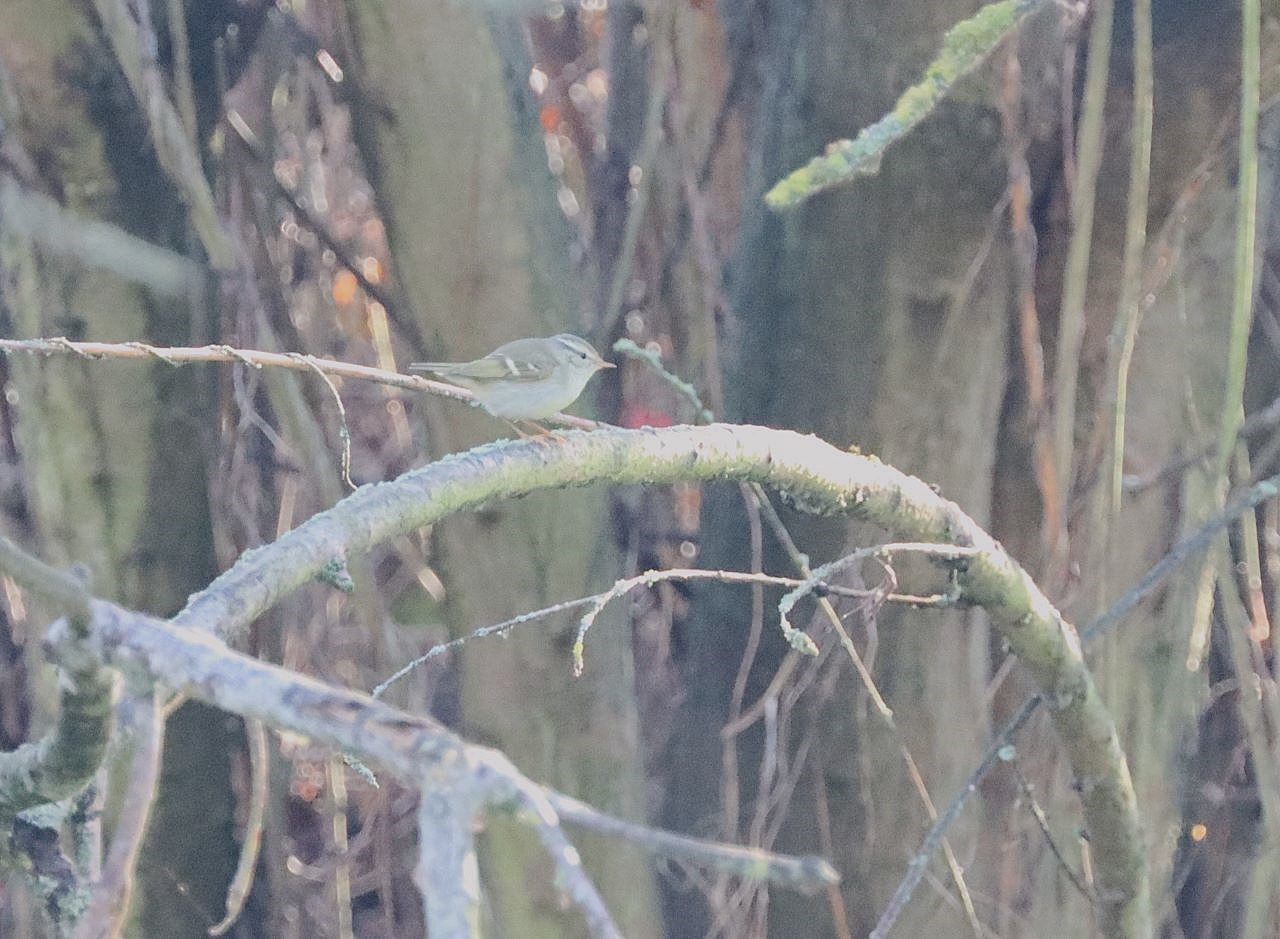
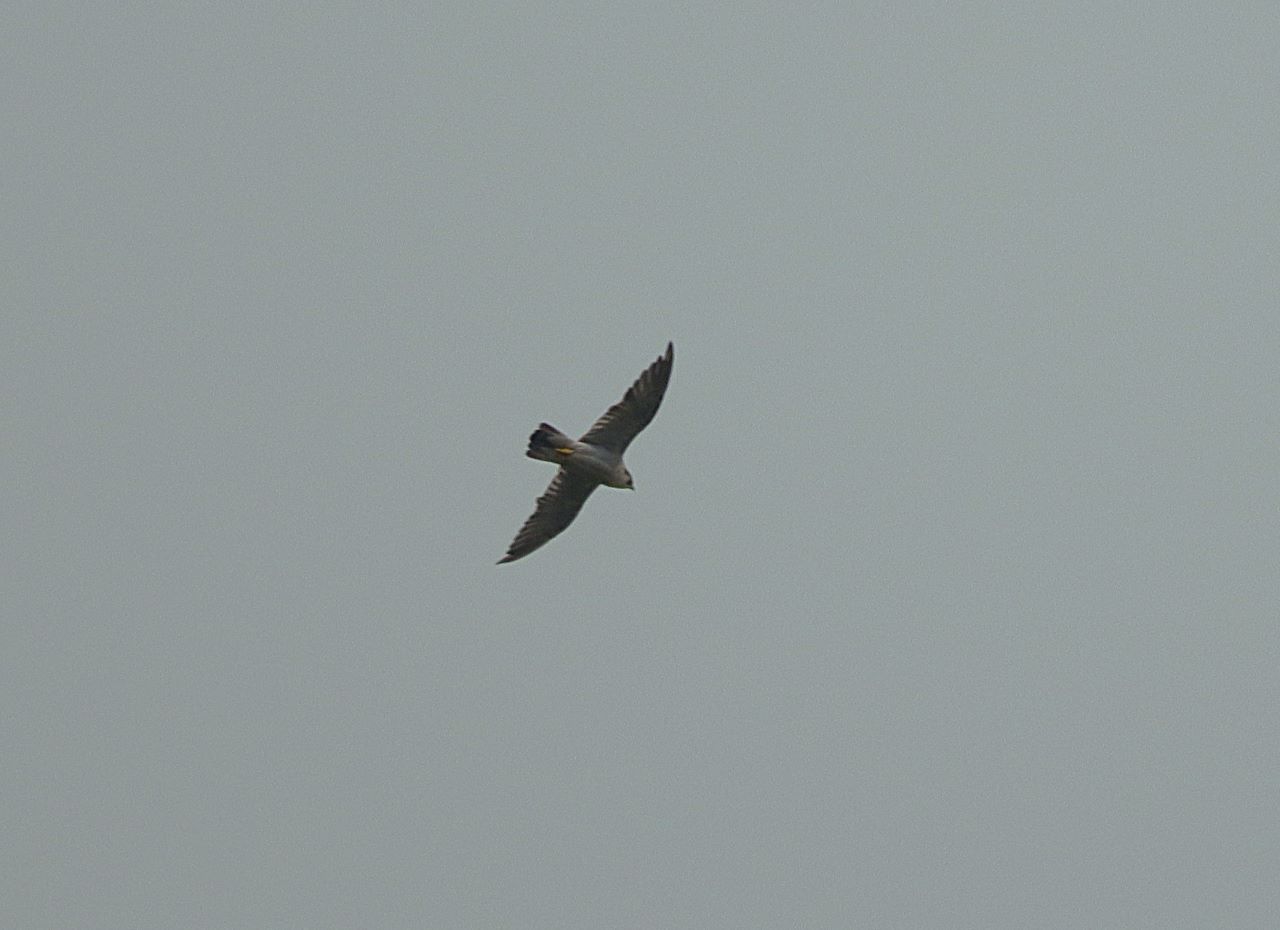


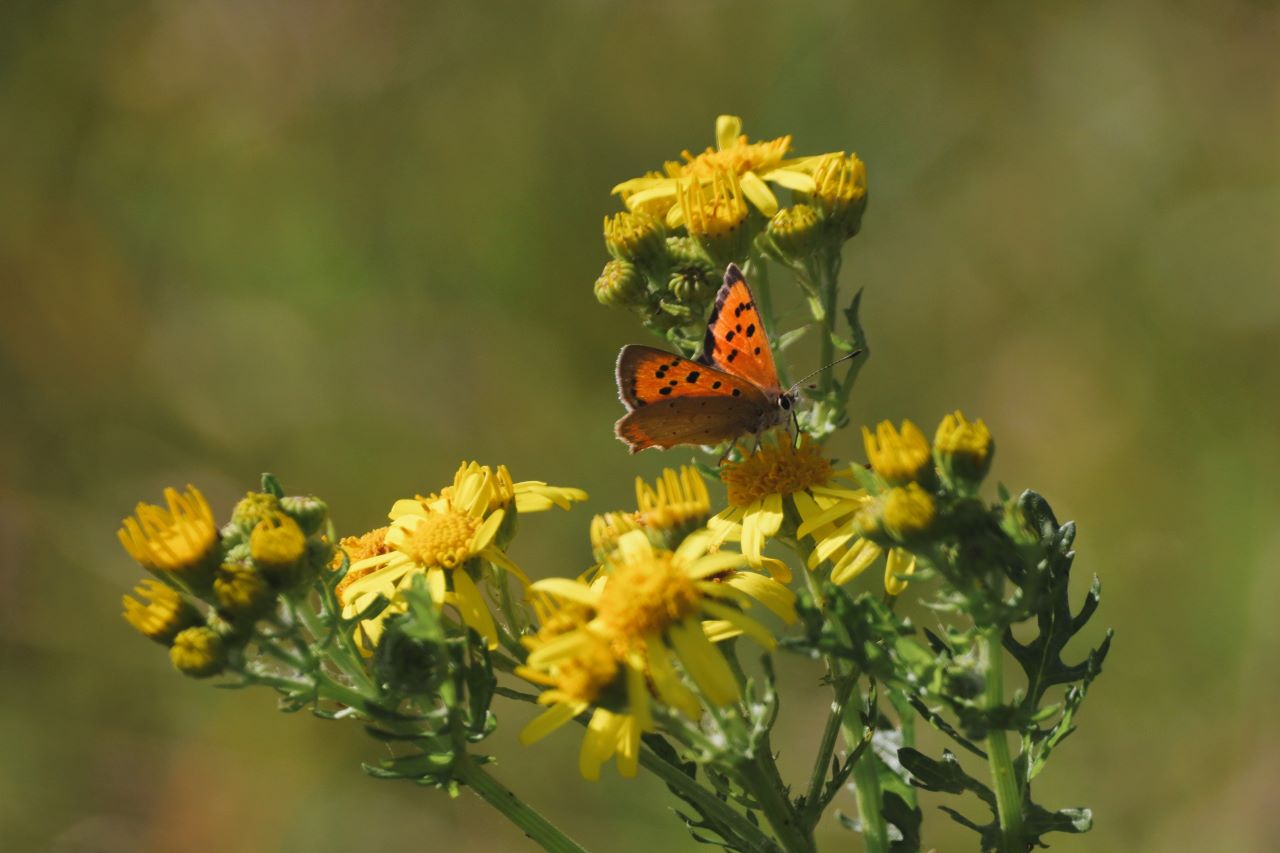


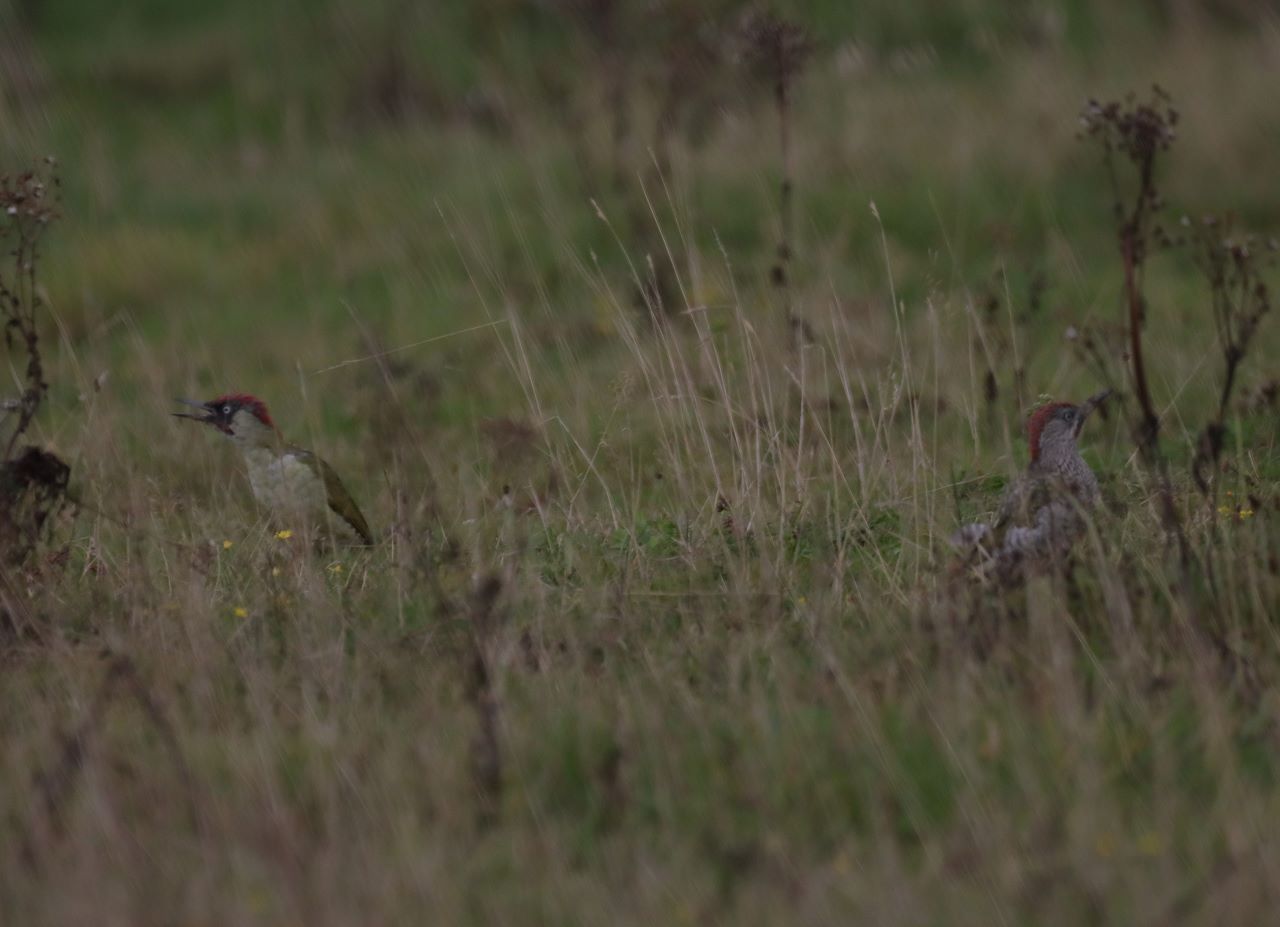

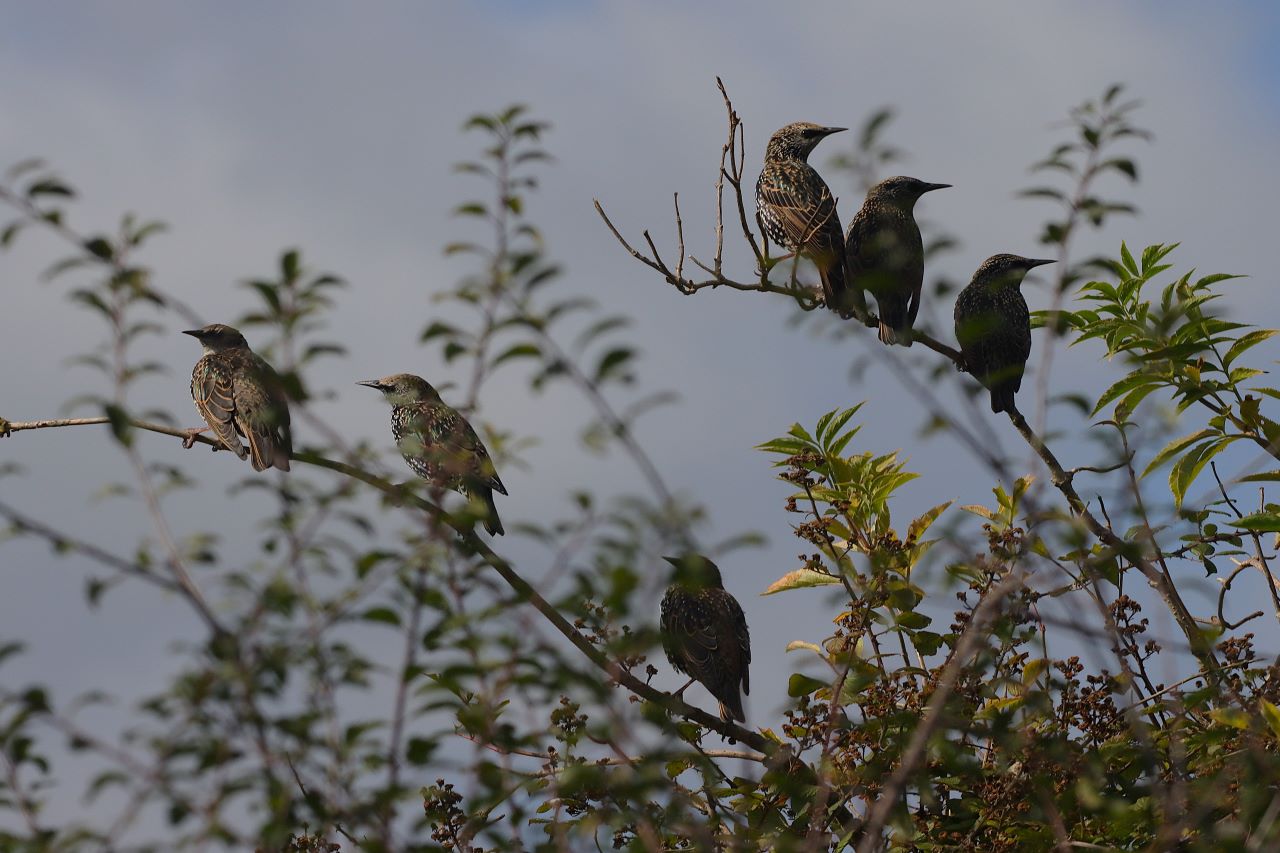
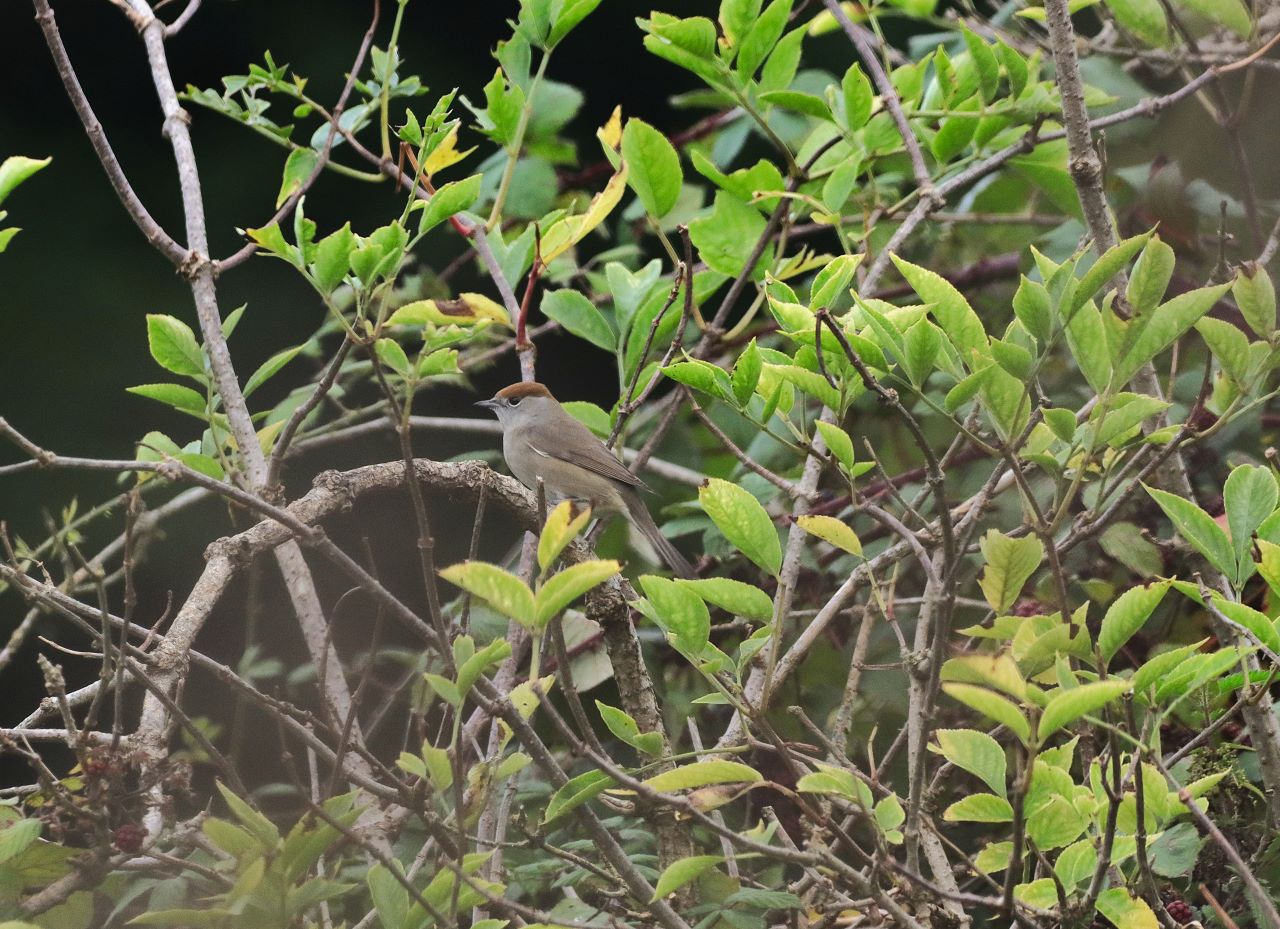
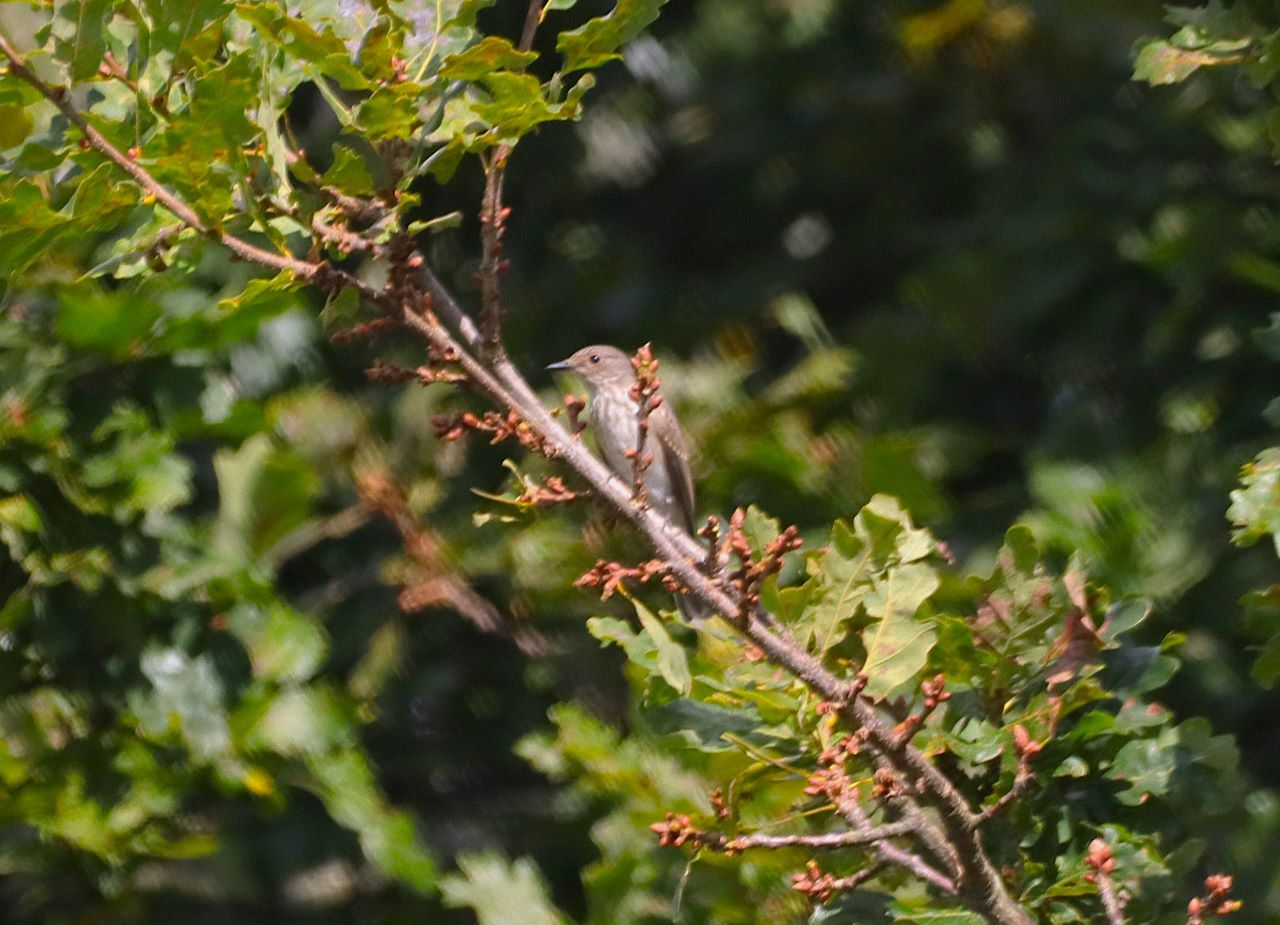
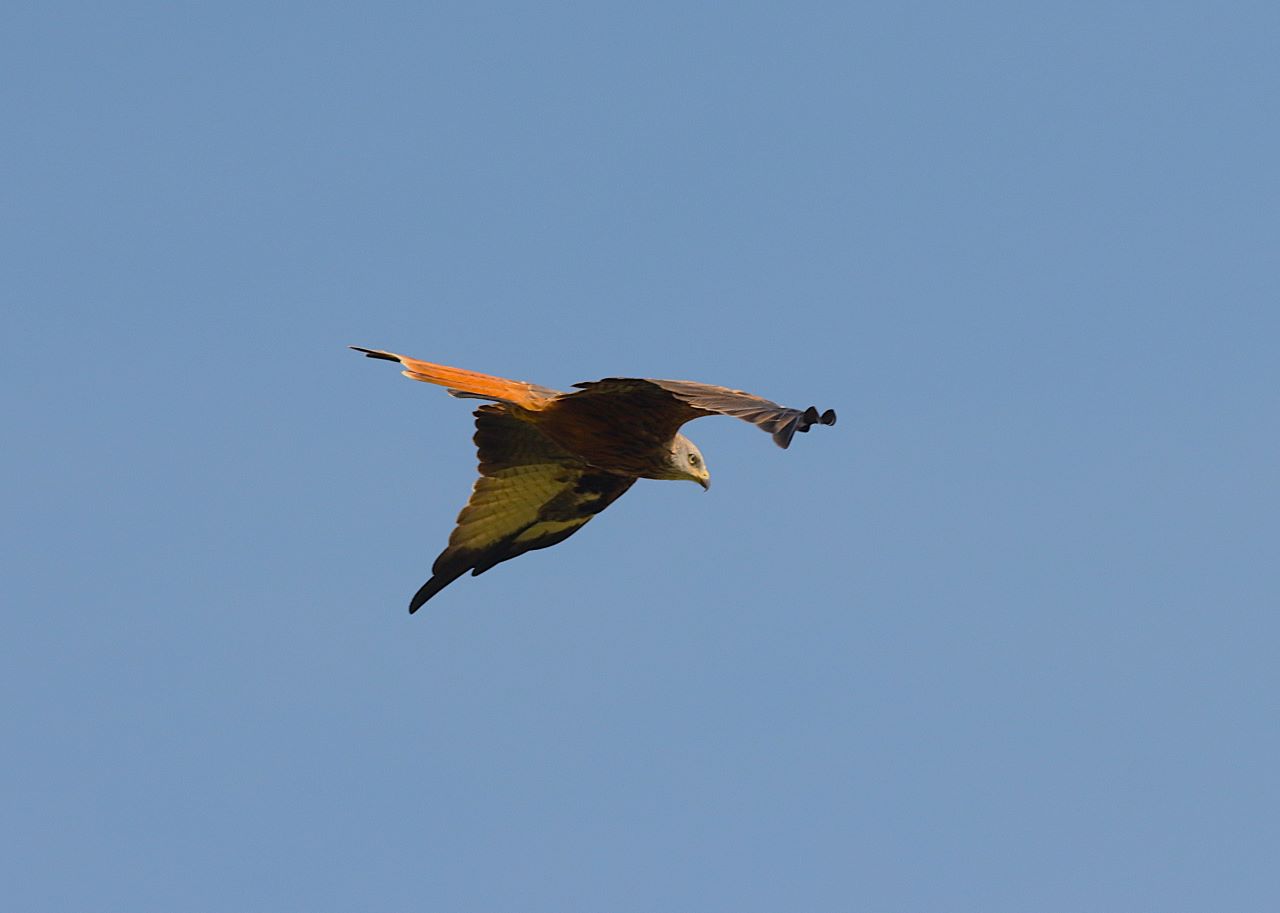
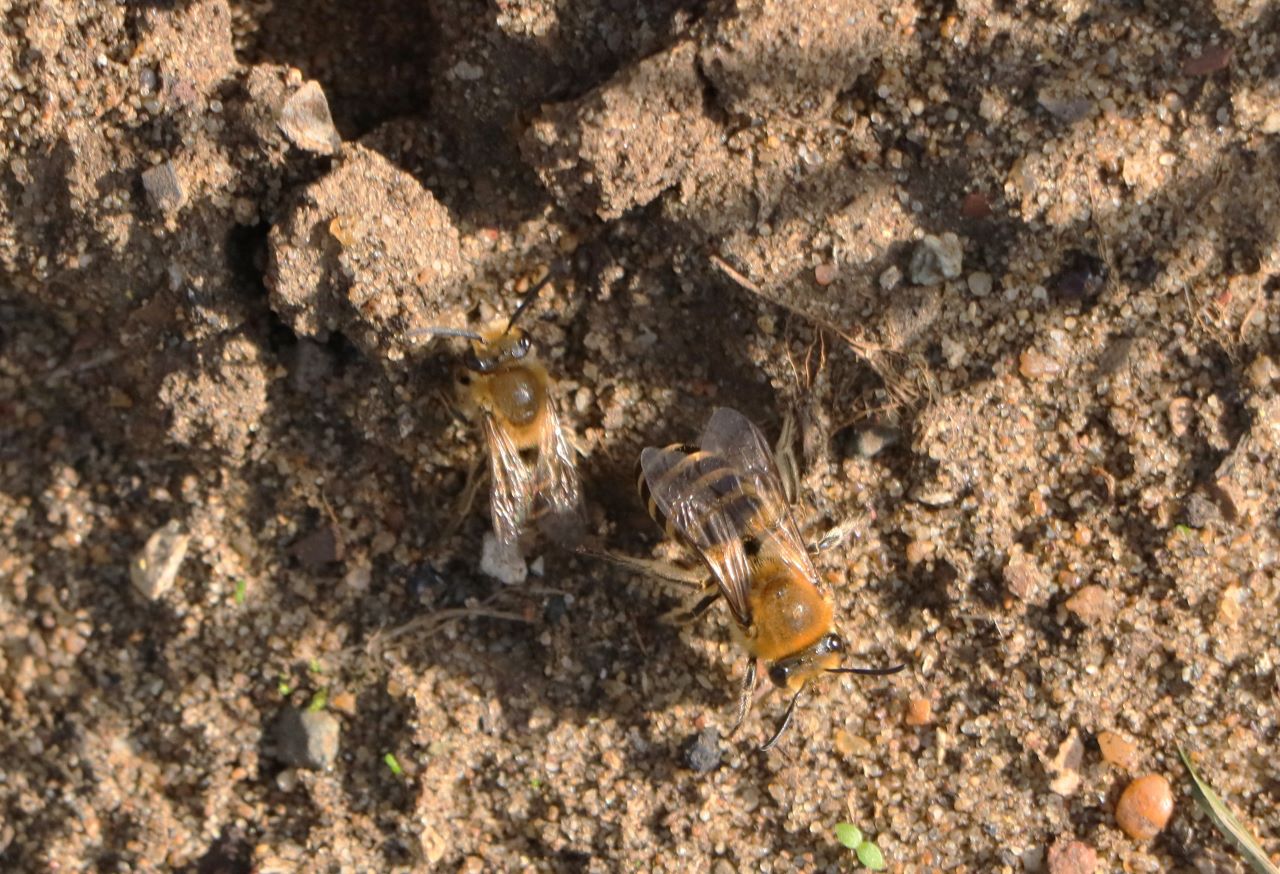
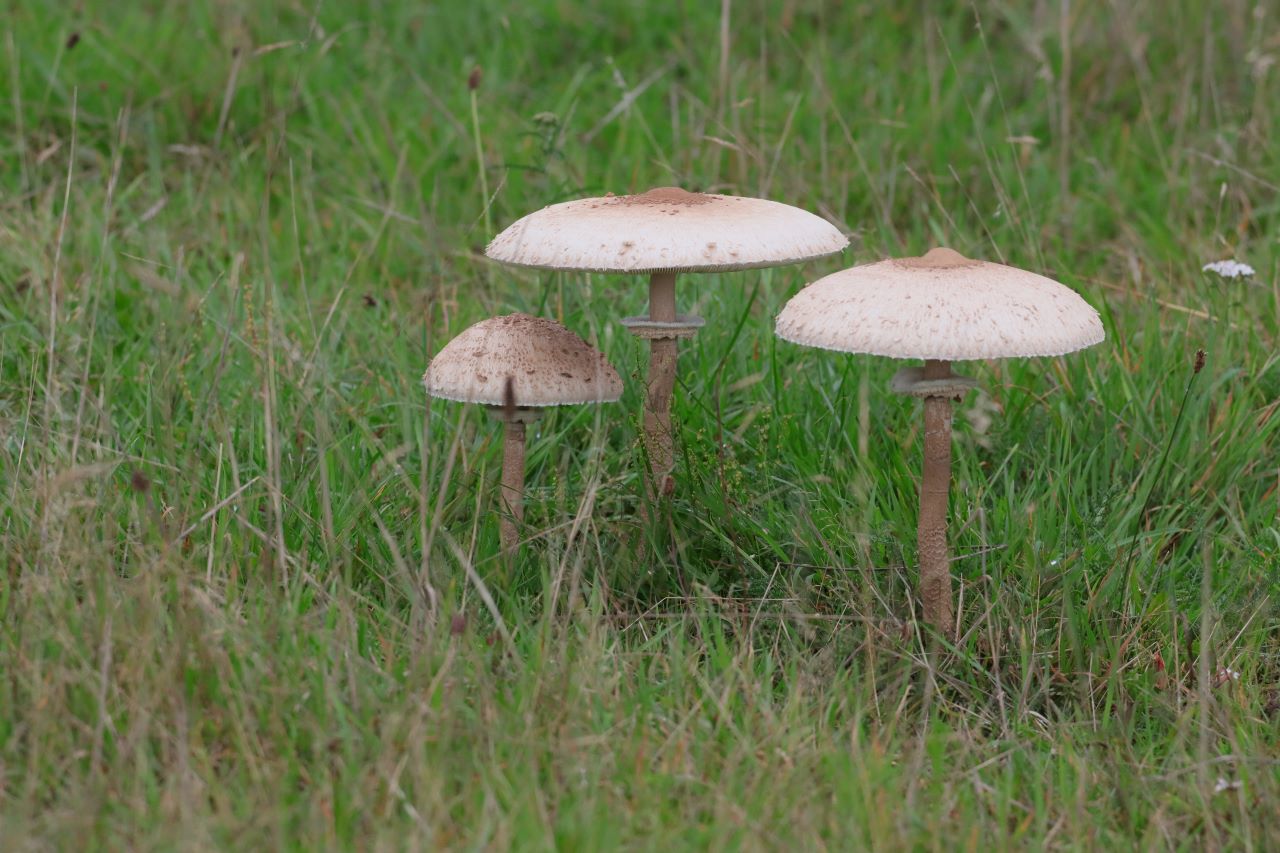

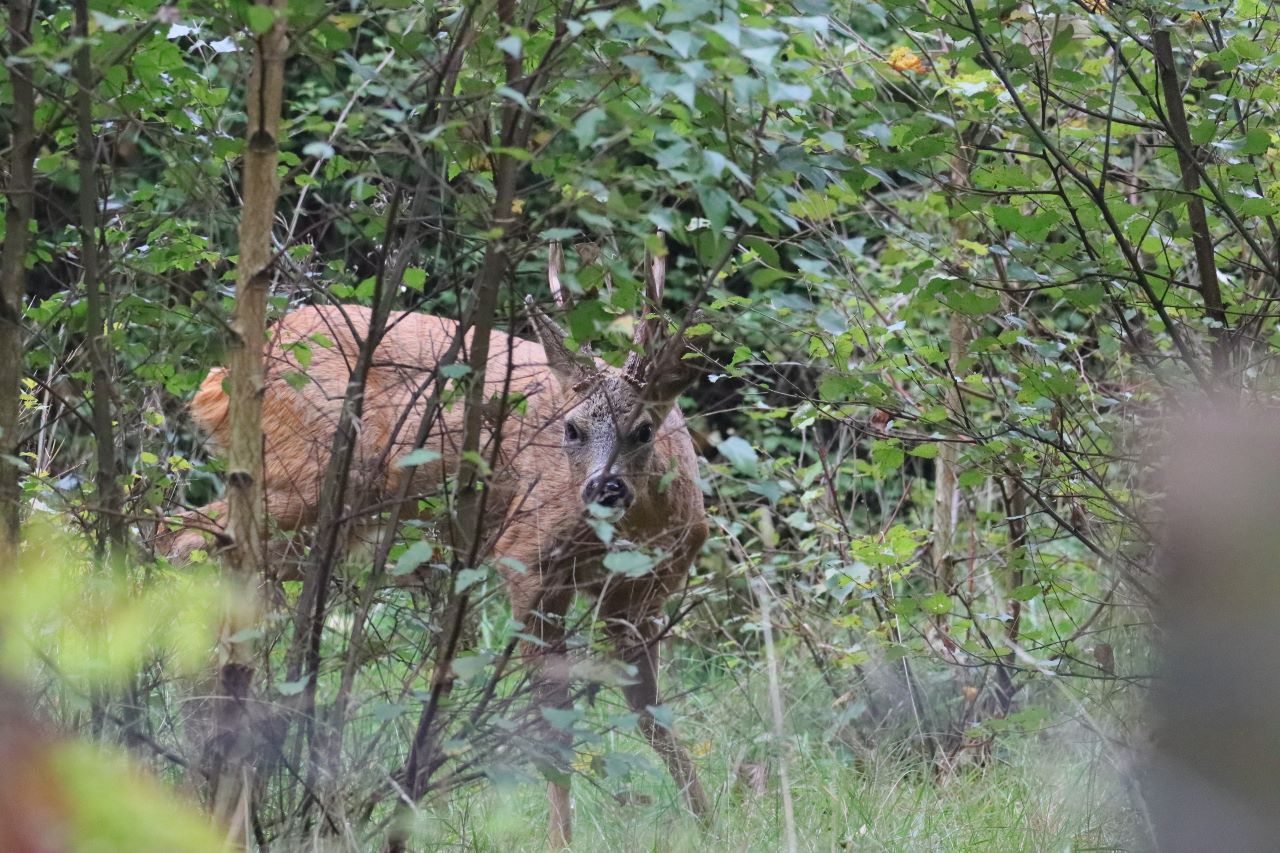
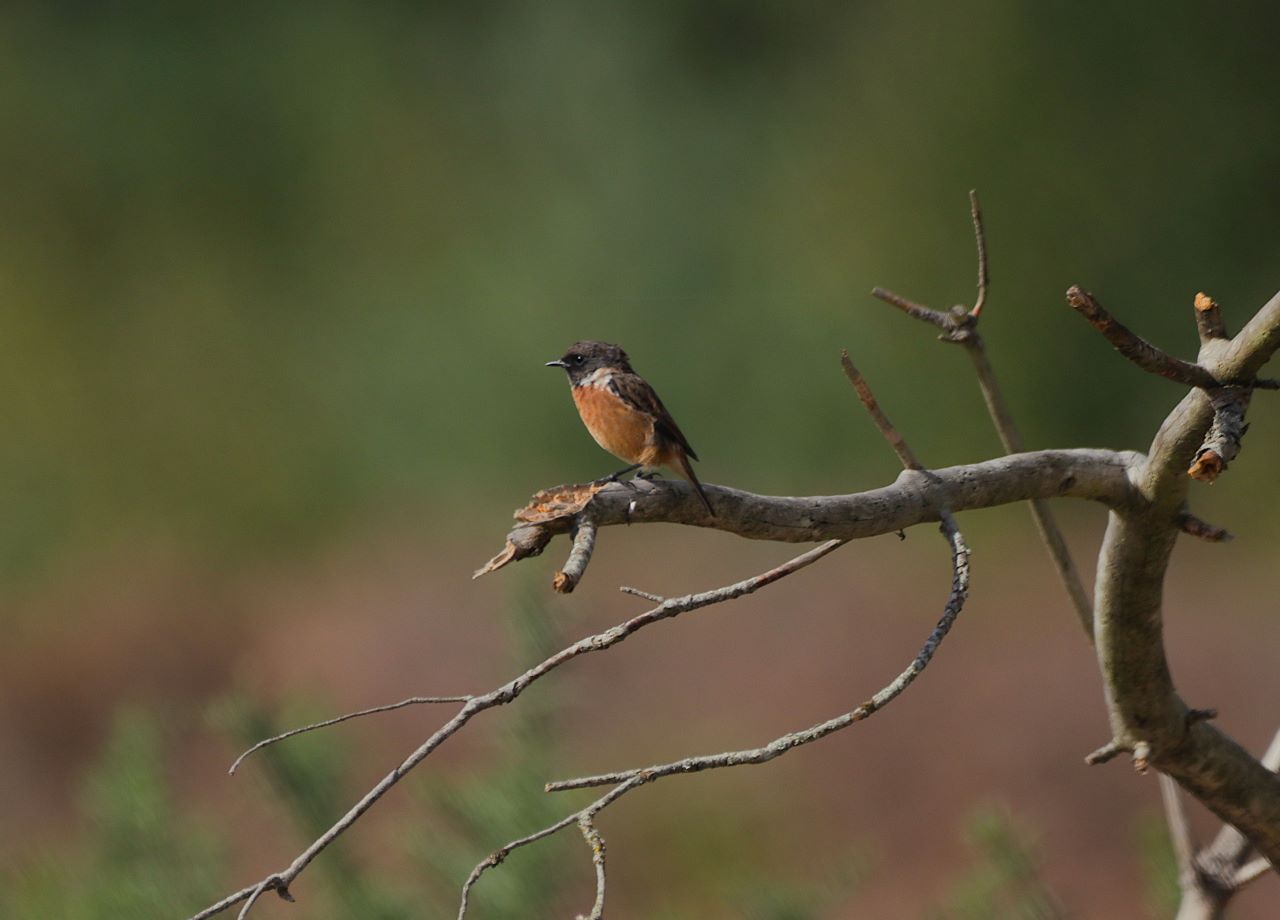
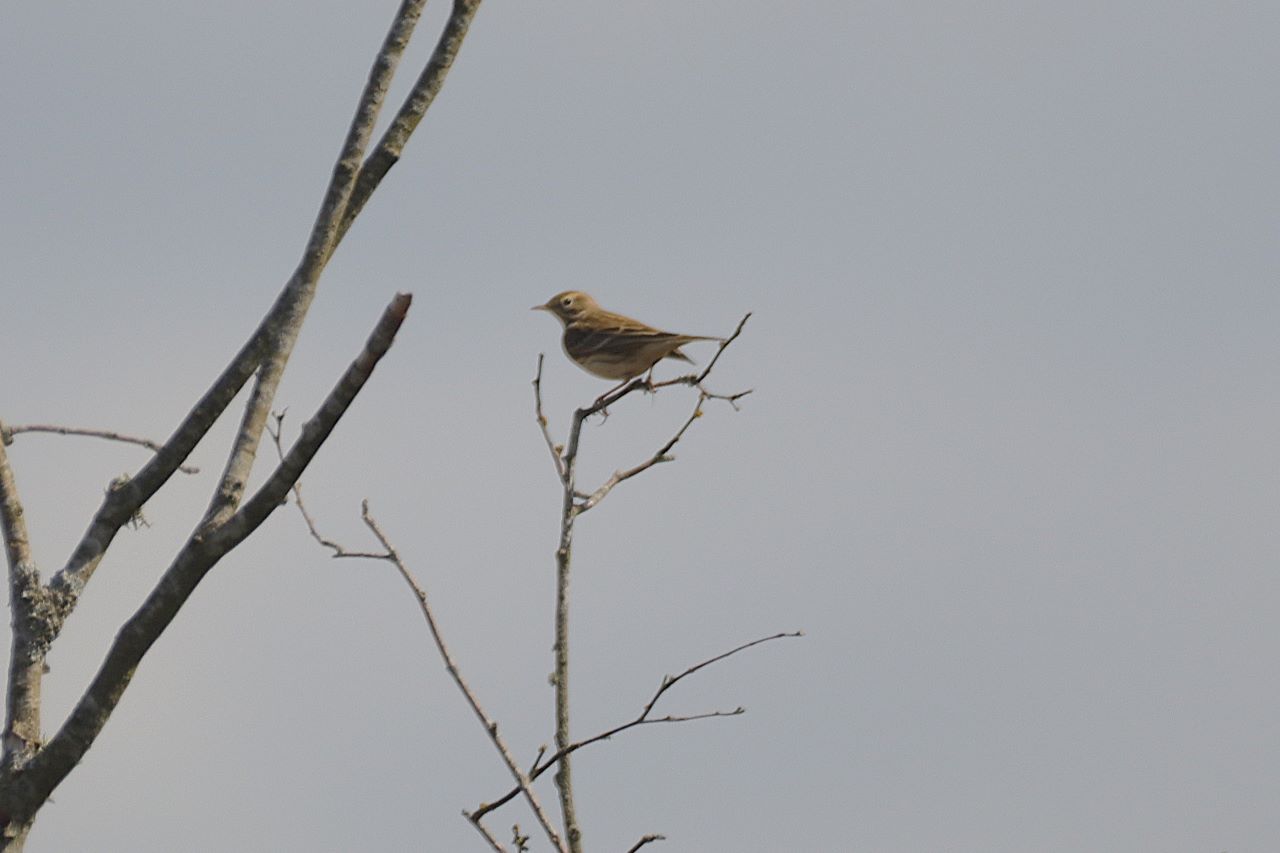

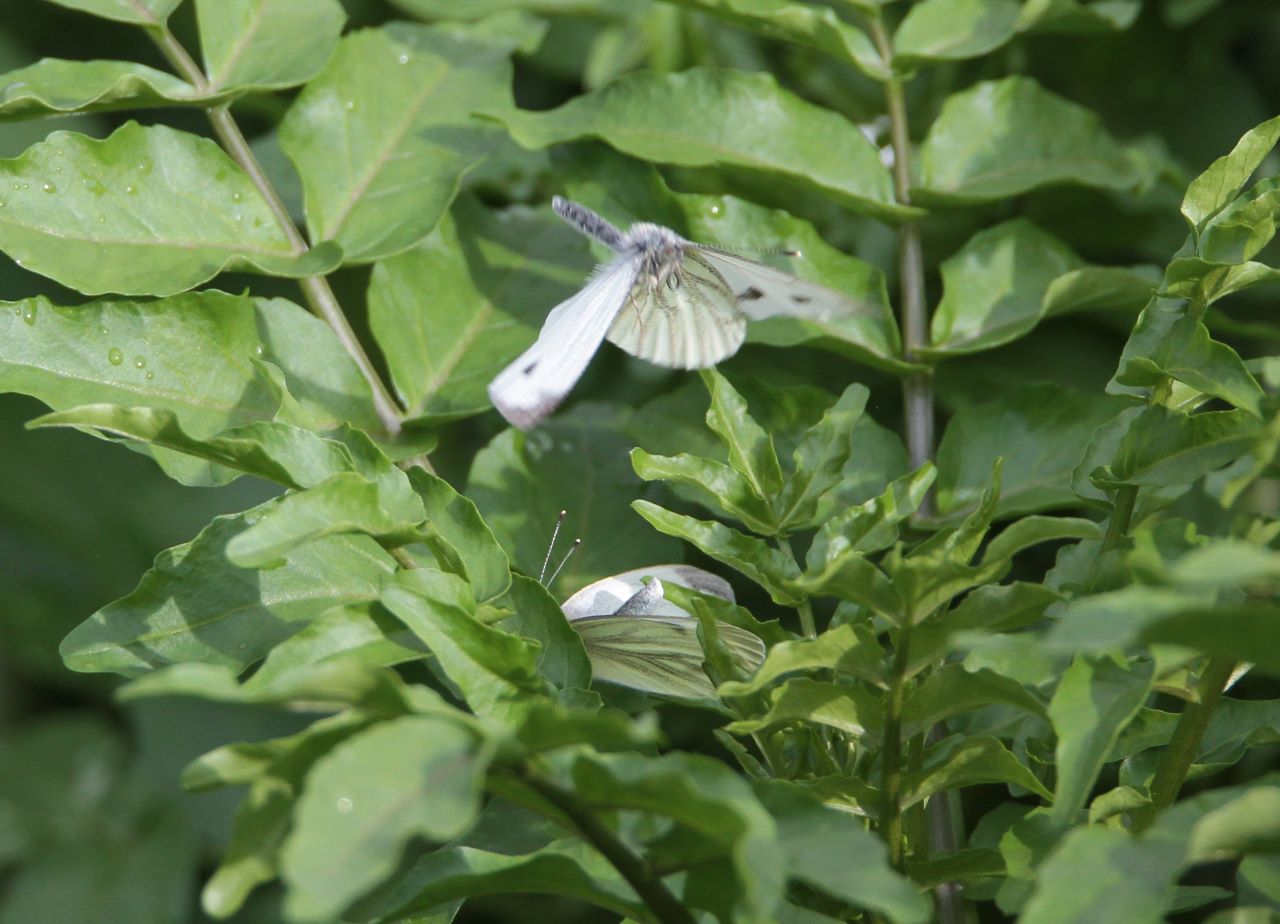
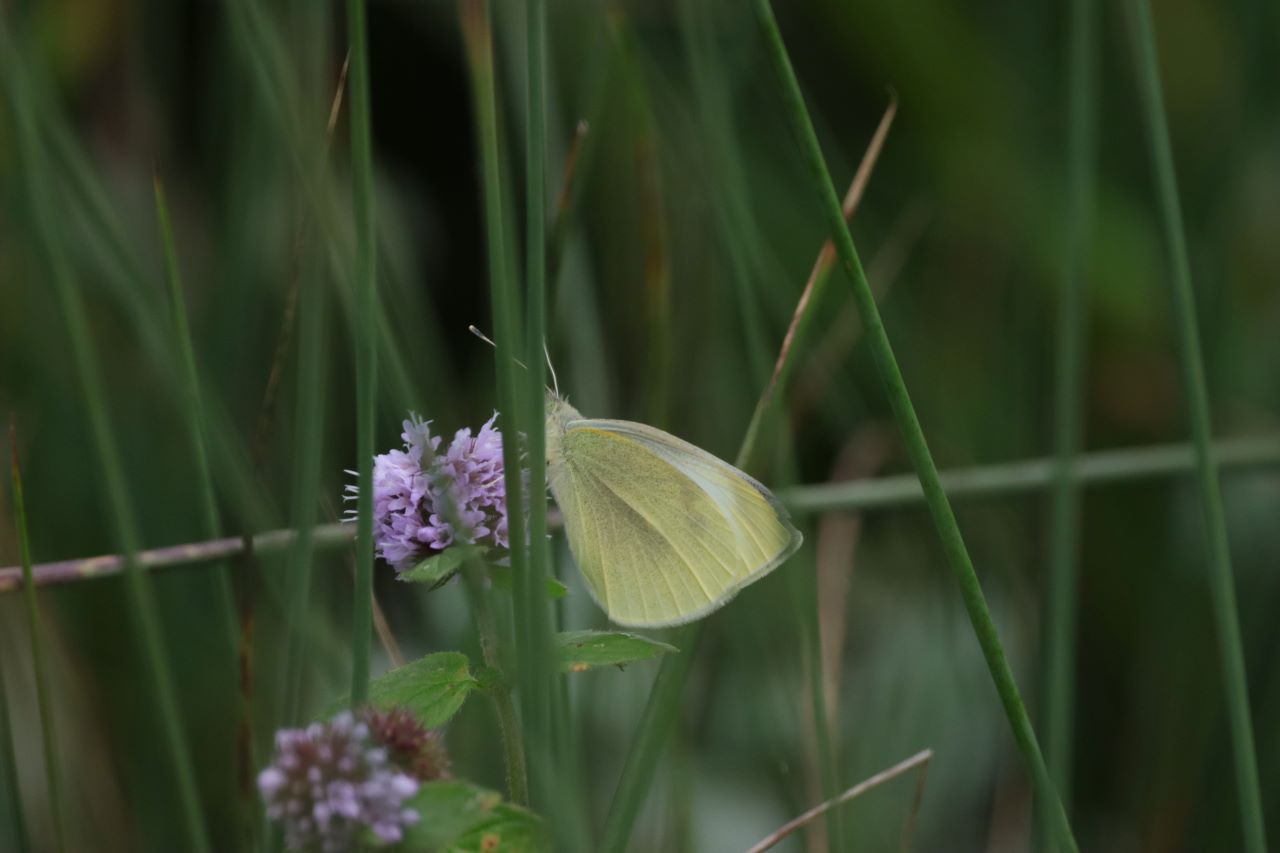

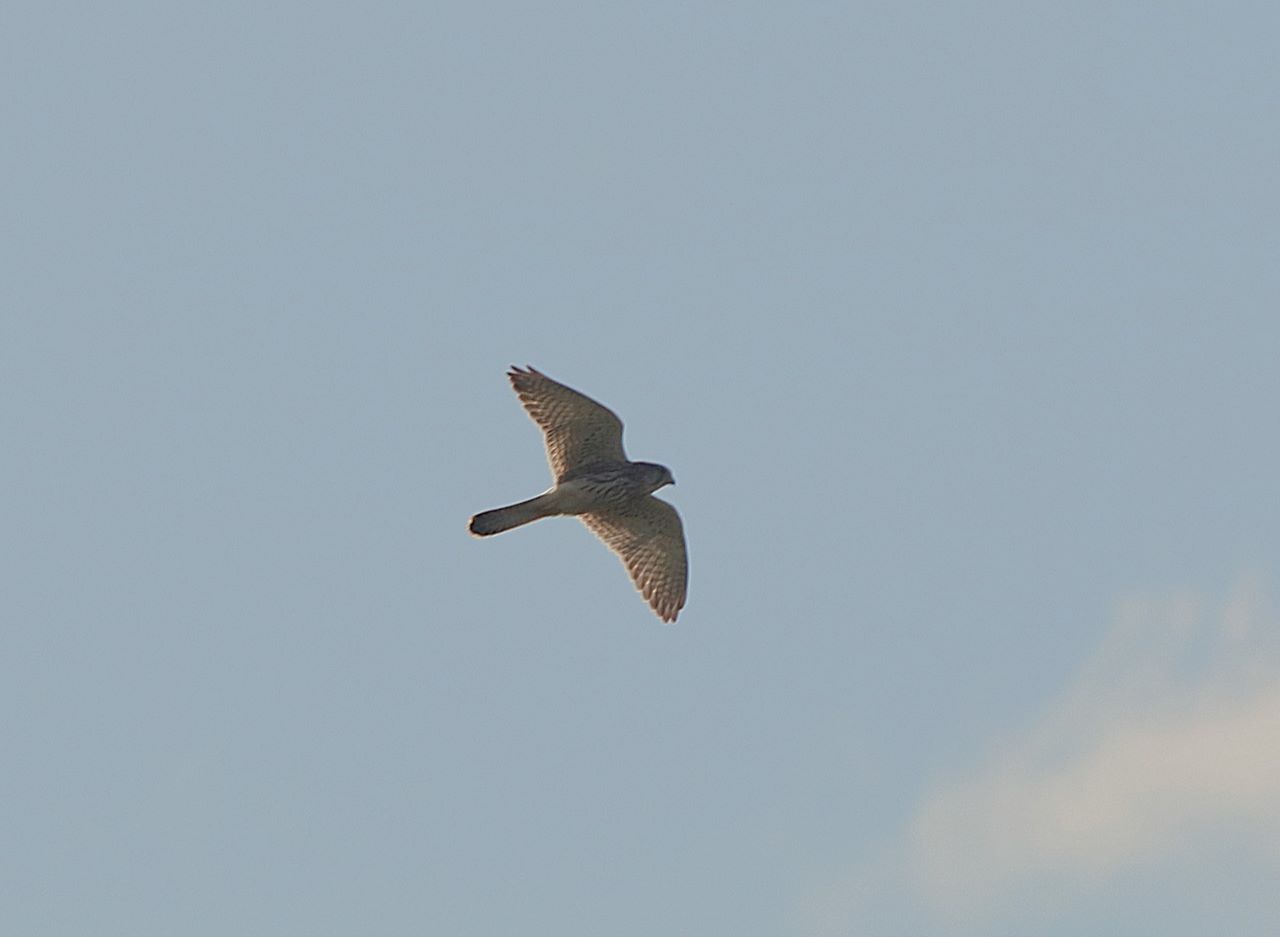
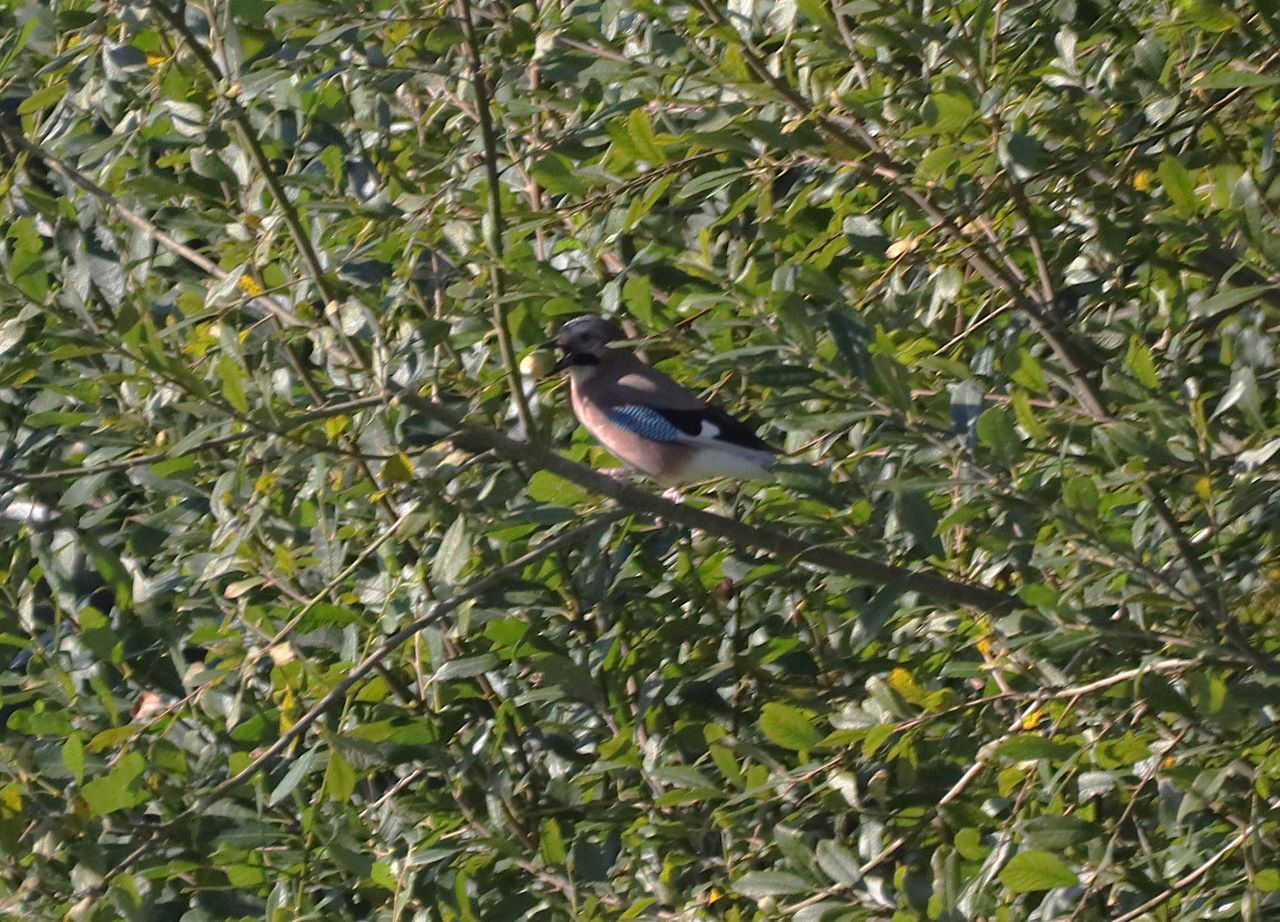
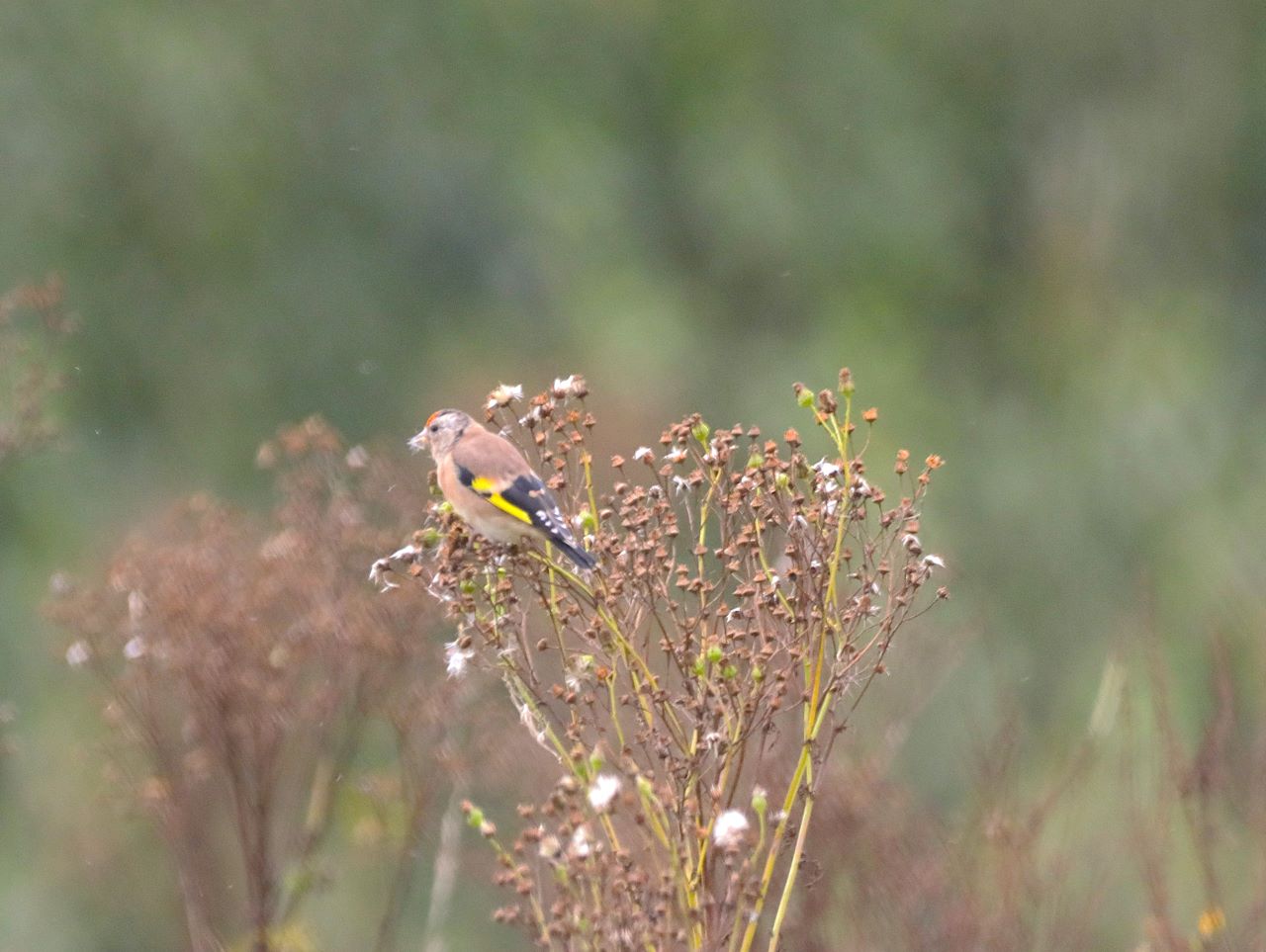

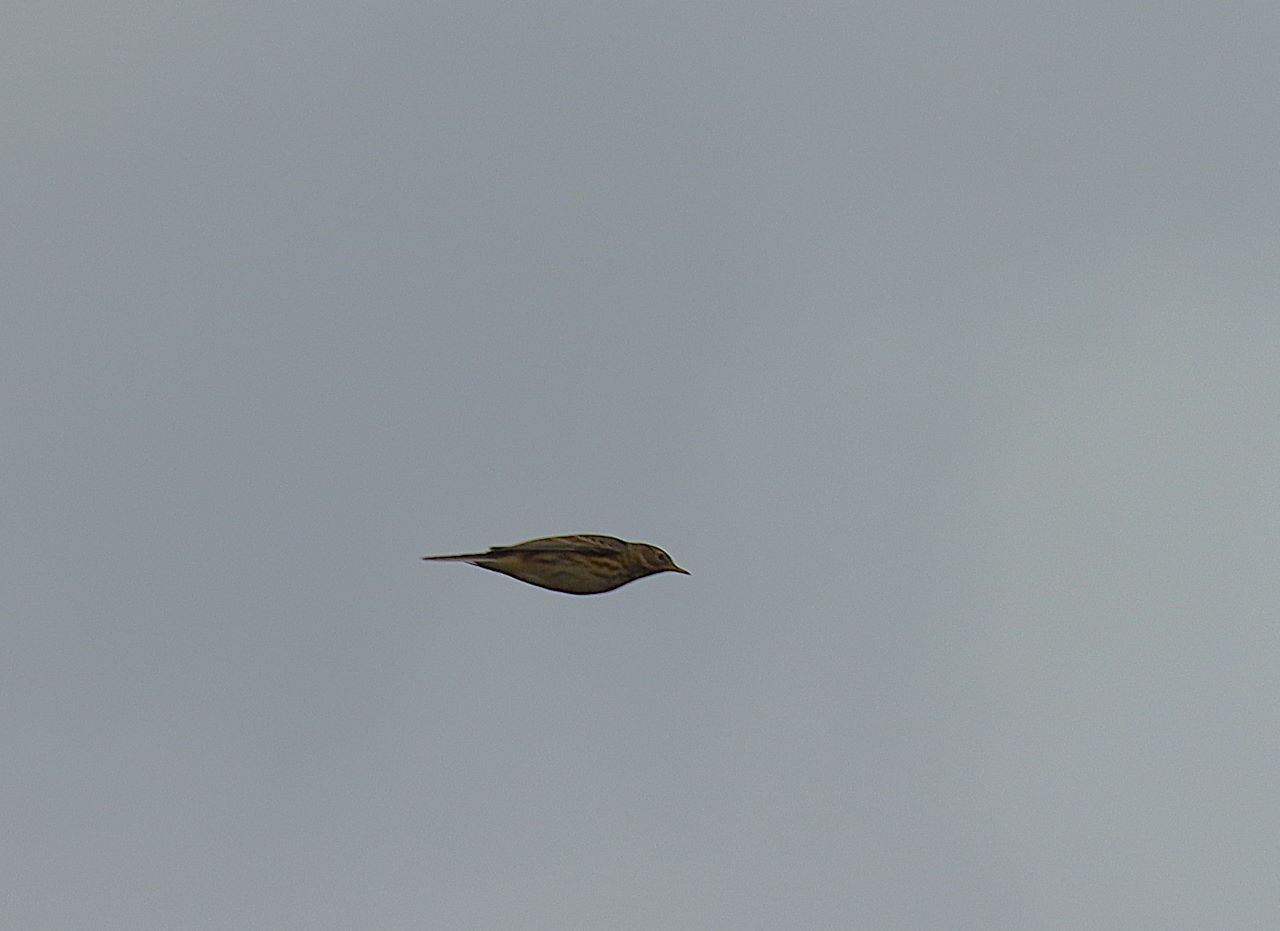

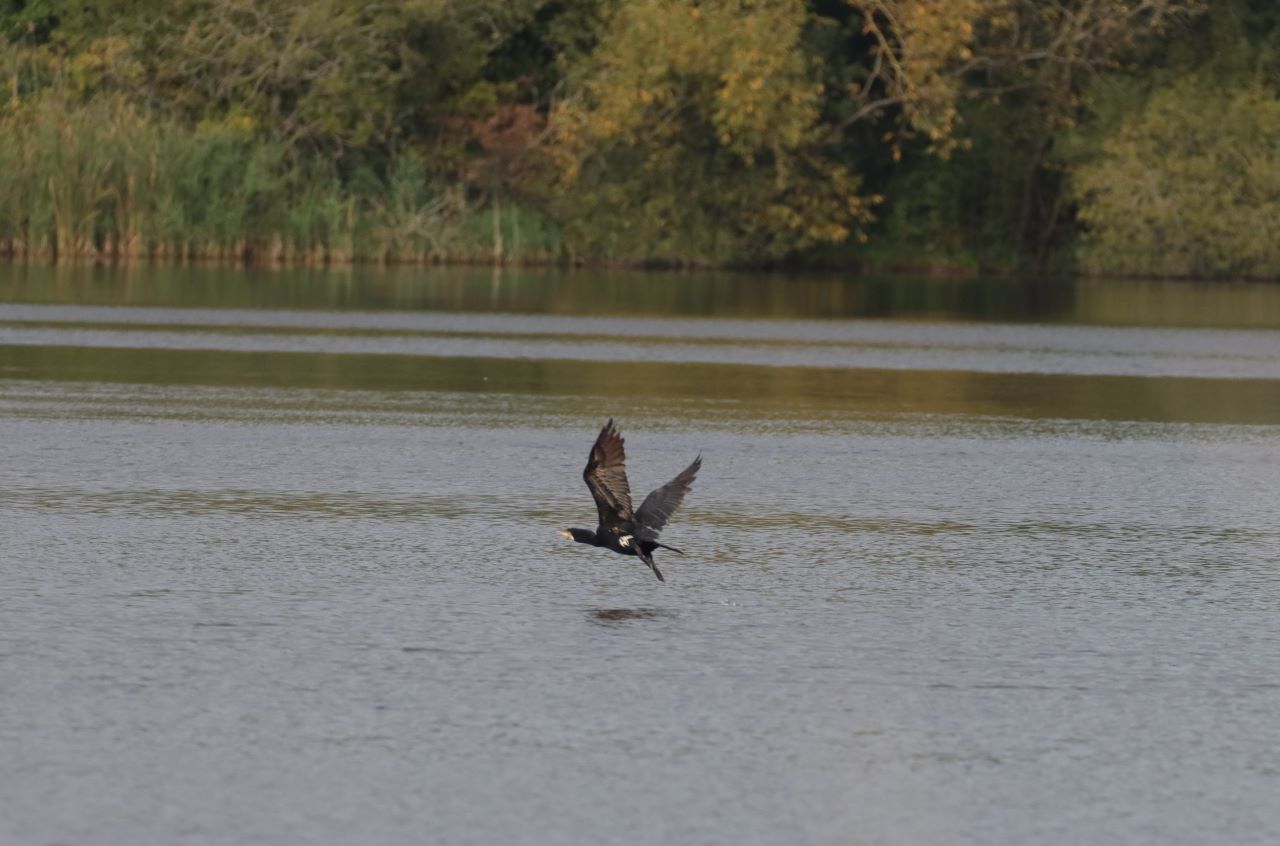
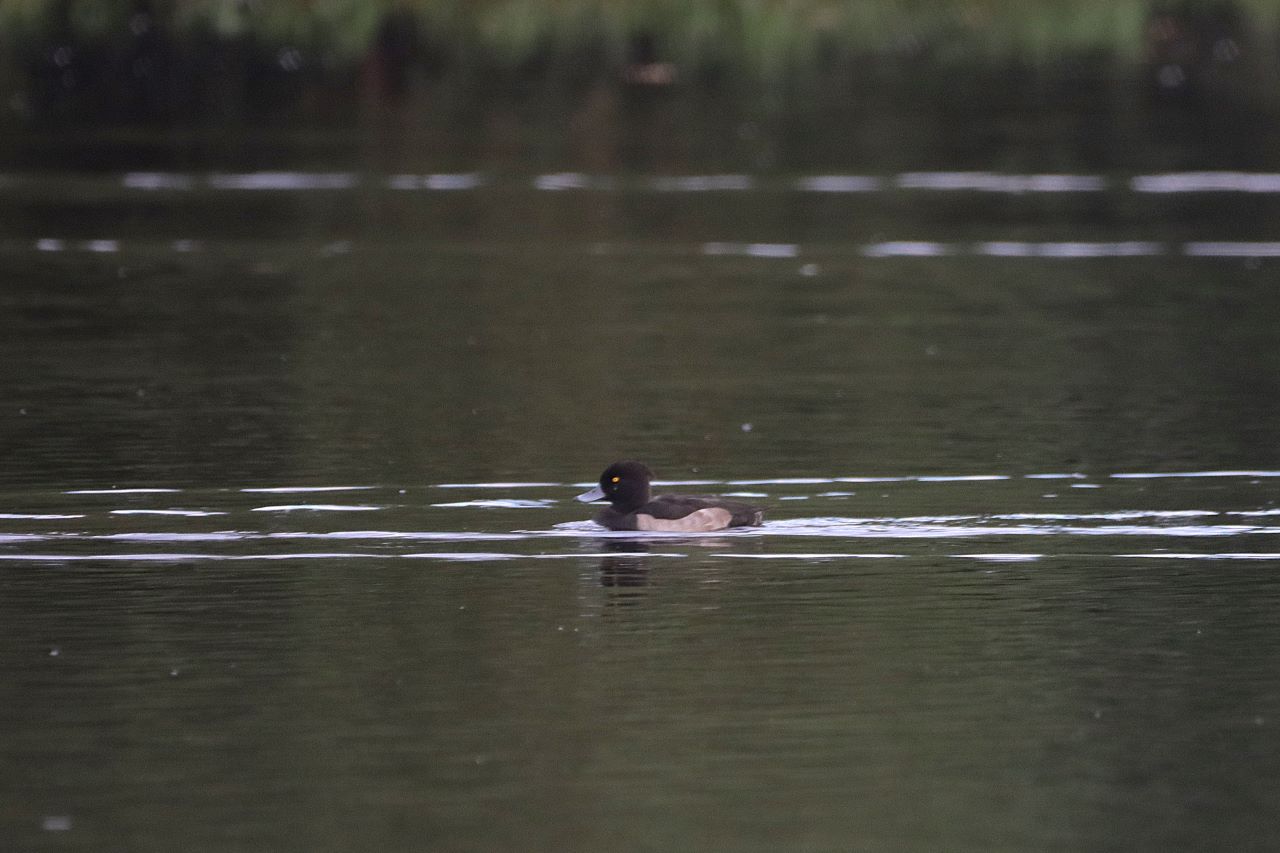
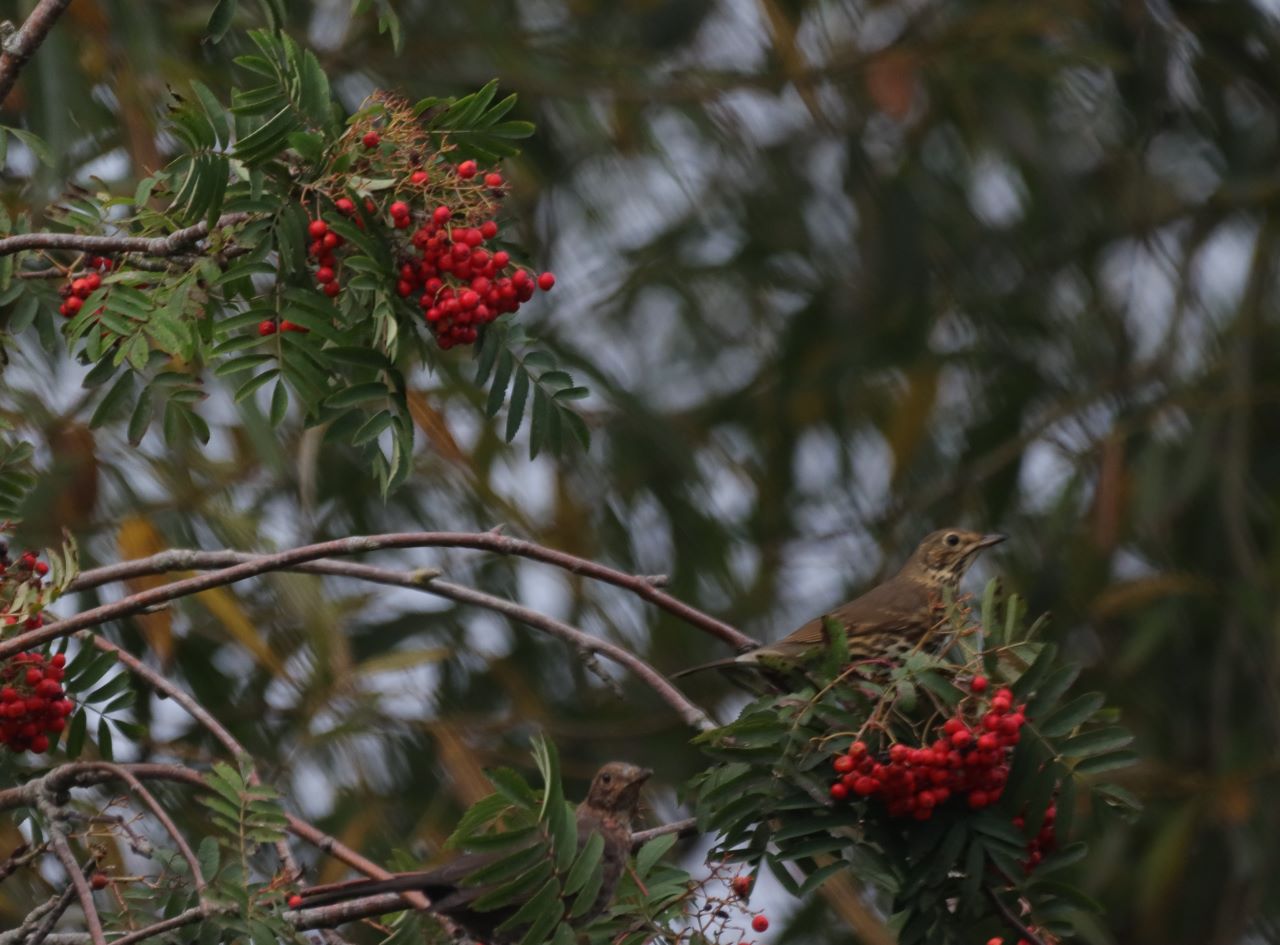
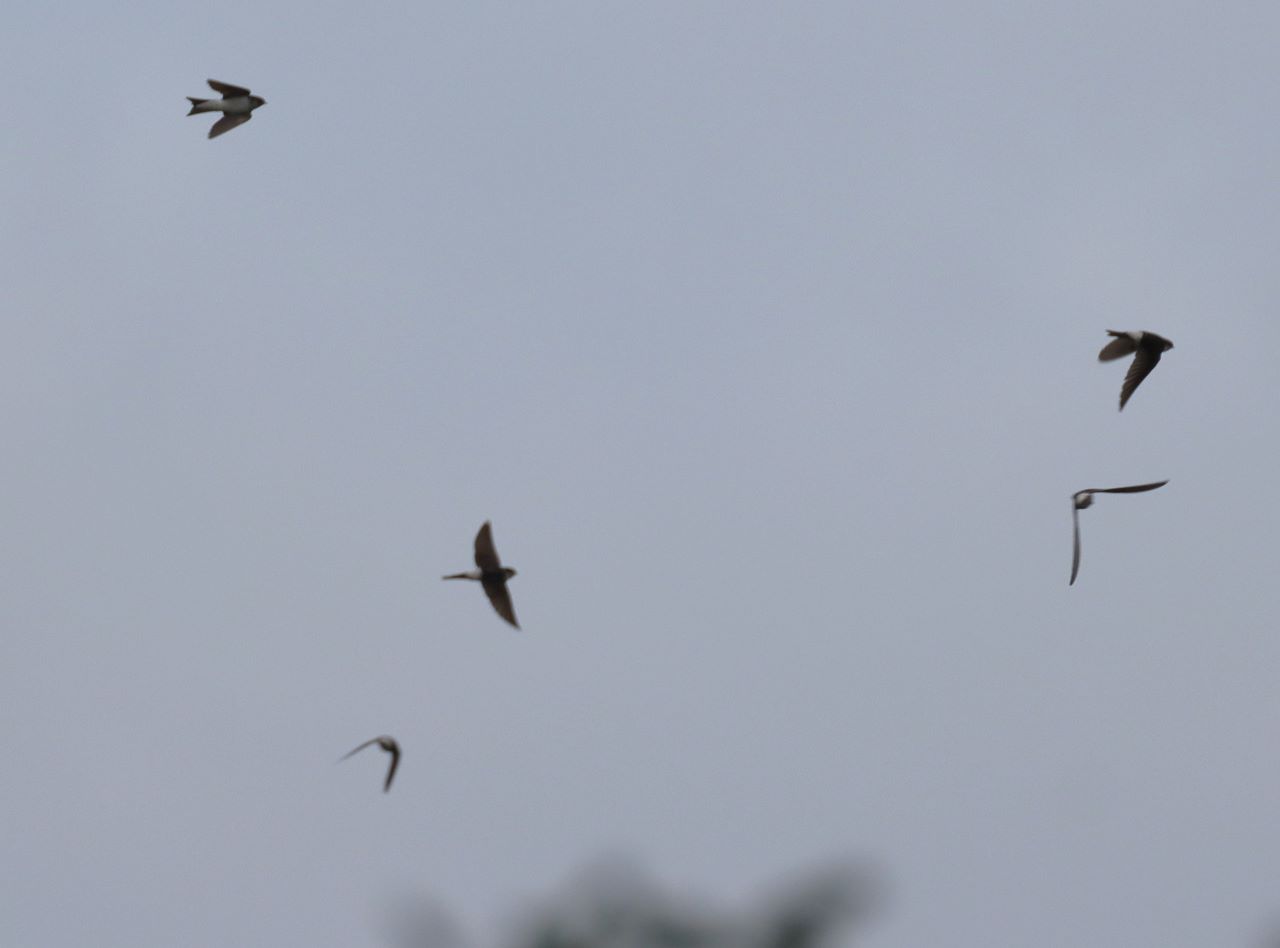



Recent Comments